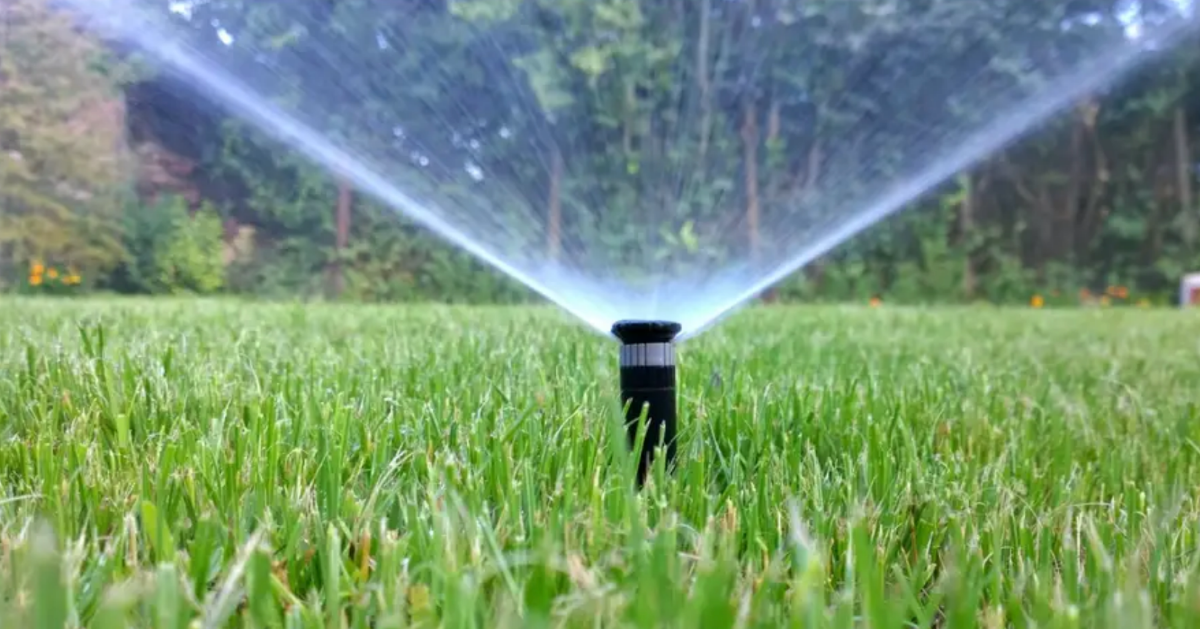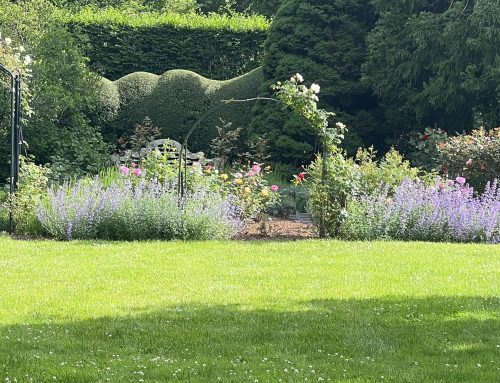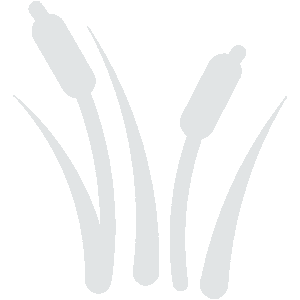The Suffolk County Water Authority declared a Stage I Water Emergency last week in Southampton, East Hampton, Southold and Shelter Island. There is limited water in the aquifers due to the ongoing drought. The public water supply tanks and pumping capabilities are being pushed to their limit. Irrigation systems that are activated in the early morning hours are identified as a major reason for depleting the water tanks.
Officials are therefore asking property owners, landscapers and property managers to stop irrigating between midnight and 7am. This will ensure that there is sufficient water supply and pressure for firefighting and other emergency purposes.
If irrigation does not stop, the Water Authority can declare a Stage 2 emergency and order immediate cessation of all lawn watering. Property owners and landscapers can help avoid this from happening by re-setting irrigation clocks not to activate between midnight and 7am. Please help spread the word to conserve water until the drought ends.
Frequently asked Questions:
Q: Why should I have to conserve water if I am paying for what I use?
A: Water is precious and we cannot live without it! Water covers 70% of Earth’s surface, but only 3% is fresh, and only a fraction of one percent supports all life on land. Conserving water ensures there is enough to share with all living creatures to sustain life. Water is in the atmosphere, on the land, in the ocean and underground in the aquifer. It moves from place to place through the water cycle, which changes dramatically in response to climate change. Drought conditions mean that less water is replenishing the aquifers. Over-pumping for irrigation puts everyone that relies on fresh water at risk.
Q: What is salt-water intrusion?
A: Our groundwater from the aquifer is the only source of fresh, clean drinking water that we have. Over-pumping water into the wells during drought conditions creates a sort of sponge situation where the salt water from our bays, as well as the ocean, gets drawn into the aquifer and ultimately decreases the amount of fresh water storage in the public supply wells. One key to controlling saltwater intrusion is to maintain the proper balance between water being pumped from an aquifer and the amount of water recharging it. This comes back to conserving water resources and adhering to irrigation timing requests.




